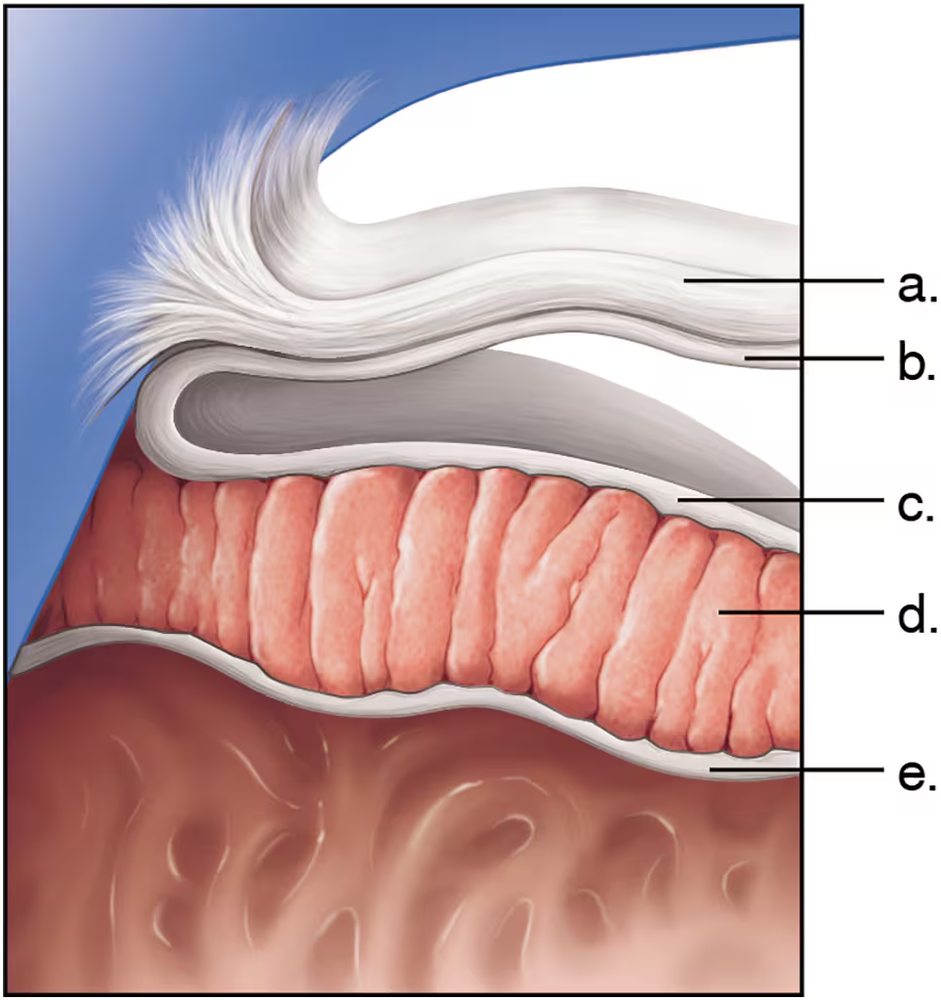The simple squamous epithelium covering the heart valves is the:
(a) Epicardium
(b) Endocardium
(c) Myocardium
(d) Endothelium

 Verified step by step guidance
Verified step by step guidance Verified video answer for a similar problem:
Verified video answer for a similar problem:



 7:1m
7:1mMaster Intrinsic Cardiac Conduction System with a bite sized video explanation from Bruce Bryan
Start learning